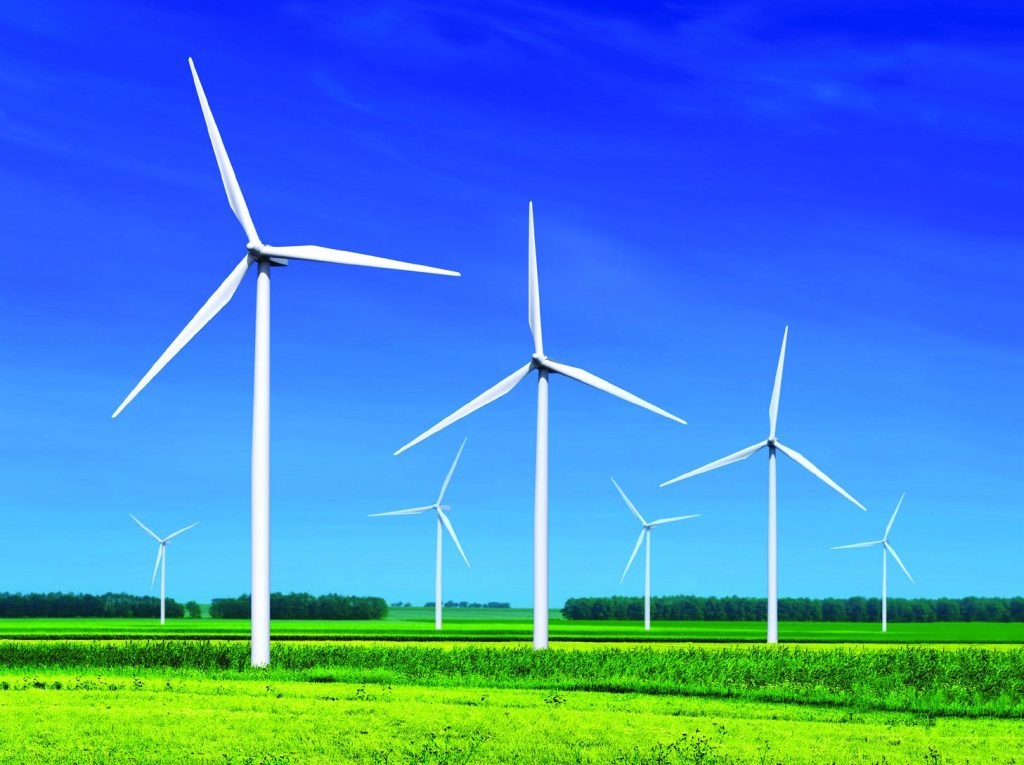The concept of generating electricity from the wind is revolutionary, allowing us to transform an untamable natural force into clean and sustainable energy.
From simple windmills used centuries ago for specifically that purpose to modern and efficient wind turbines, human ingenuity has managed to capture some of Earth’s most powerful renewable resources. But how exactly do these contraptions work?
In this blog post, we’ll look in depth at the mechanics behind wind turbine technology and explore how it harnesses power from the gusts of air around us.
What Is A Wind Turbine, And How Does It Work?
Have you ever seen those tall, slender structures with large propeller-like blades spinning in the distance? Those are wind turbines, and they are becoming increasingly popular as a clean and renewable source of energy. But how do they work? Wind turbines use the power of the wind to generate electricity.
The blades of the turbine are shaped like airplane wings and are designed to capture the maximum amount of wind energy. As the wind blows, it turns the blades, which in turn rotate a shaft connected to a generator. The generator then converts this rotational energy into electricity.
Wind turbines are a fascinating and innovative way to harness the power of nature, and they have the potential to revolutionize the way we generate electricity.
Exploring The Anatomy Of A Wind Turbine
Wind turbines are becoming increasingly popular as a renewable source of energy. These towering structures, which can reach up to 260 feet tall, harness the power of the wind to generate electricity. While they may look simple from a distance, the anatomy of a wind turbine is actually quite complex.
At its core, a wind turbine consists of three main components: the rotor blades, which capture the wind and rotate; the generator, which converts the rotation of the blades into electrical energy; and the tower, which keeps the rotor blades high in the air to capture as much wind as possible.
The anatomy of a wind turbine is fascinating to explore, and understanding how these structures work can help us better appreciate the power of renewable energy.
How Turbines Produce Energy From The Wind
Wind turbines, towering over 300 feet tall and stretching their blades over 100 feet long, are an awe-inspiring sight. However, their true beauty lies in their ability to harness the power of wind and transform it into clean, renewable energy.
As the wind blows over the blades, they begin to rotate. This rotation, powered by the wind’s force, spins a shaft that is connected to a generator. The generator creates electricity, which can be stored and transmitted to power homes and businesses.
While the technology behind wind turbines may seem complex, their basic function is actually quite simple: harnessing the power of nature to produce electricity and help create a more sustainable future.
The Advantages Of Using Wind Turbines
Wind turbines have become increasingly popular in recent years, and it’s not hard to understand why. Harnessing energy from the wind has a myriad of advantages over traditional sources of energy, such as fossil fuels. One of the primary benefits is that they are a clean, green source of energy that doesn’t produce any pollutants. In addition to their environmental friendliness, wind turbines are also incredibly cost-efficient.
Once you’ve made the initial investment, they require very little maintenance and can run for years with minimal upkeep. They’re also highly versatile and can be used to generate energy in a variety of settings, from small-scale generators in residential areas to massive wind farms out in the open ocean.
Simply put, wind turbines are a smart, sustainable choice for anyone looking to reduce their carbon footprint and save on energy costs.
The Future Of Wind Power
The future of wind power is looking bright as researchers and engineers continue to find ways to make it more efficient and cost-effective. Already, wind turbines are a popular source of renewable energy, providing electricity for homes and businesses while reducing carbon emissions.
As technology advances, we can expect to see even more sophisticated wind turbines that can harness the power of wind in a wider range of environments and weather conditions. Moreover, the development of energy storage systems will allow wind power to be integrated into the grid with even greater reliability.
Wind Turbine Safety Considerations
As wind power becomes a more popular source of renewable energy, it’s important to consider safety measures when it comes to wind turbine installations.
Wind turbines are large structures that can stand up to hundreds of feet tall, meaning that safety should always be top of mind to protect both workers and the public. Some key safety considerations include proper training for workers, regular maintenance on turbines, and ensuring that proper safety gear is always worn while near the turbines.
With large blades spinning at high speeds, wind turbines can pose a serious hazard if proper care is not taken.
As a result of understanding the basics of wind turbines, it’s increasingly clear that we are now more informed and knowledgeable about how they work and why they can be so beneficial to our environment. With more improved technologies available and closer looks at turbine safety considerations, wind power is proving to be a reliable form of renewable energy. With all these factors in mind, we must continue to explore the possibilities of utilizing wind energy in innovative ways.
There is no better time than now to take part in supporting renewable energy sources like wind turbines, whether it’s through individual funding or partnering with organizations that focus on making these sustainable advancements possible. Making even a small contribution towards this cause can have an immense impact on reducing pollution and encouraging renewable energy sources that provide us with safe and reliable electricity for many years to come.










